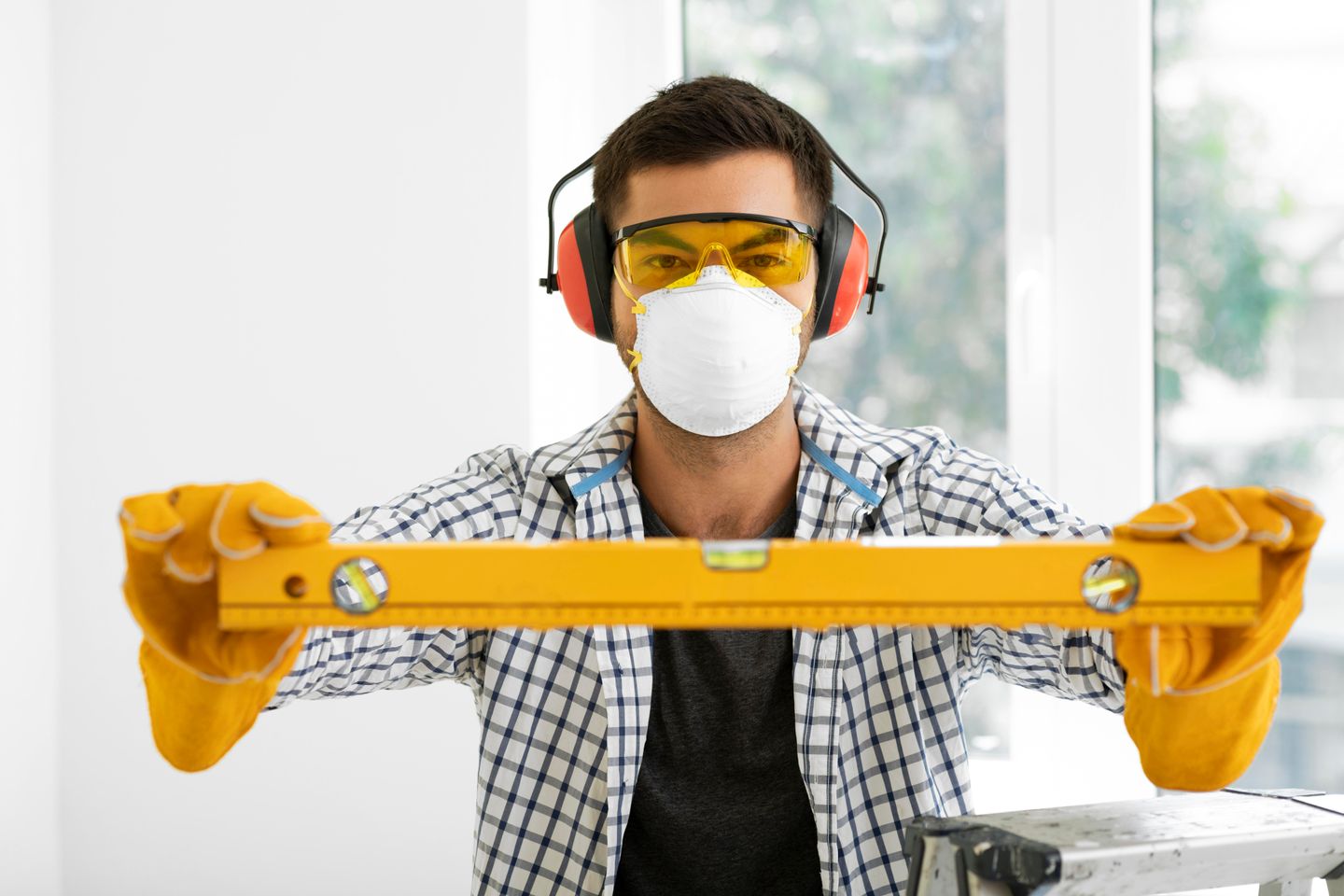As a beginner to the world of DIY, it can be daunting to know where to begin. One crucial part of your journey will involve building up a toolkit, but with the vast array of hand tools available, it's important to know which ones are essential. Here's a list of hand tools that every DIY beginner should have that will help see you through most projects, from hanging a picture frame to fixing a fence.
Screwdrivers
A good set of screwdrivers is fundamental for any engineer. They come in various sizes and types so a good set to have would include a variety like flat head, Phillips, Pozidriv, and Torx, and they are used for driving in or removing screws. You’ll need a good variety to ensure you can cover a number of different jobs, and for safety make sure to invest in VDE screwdrivers if you are an electrical engineer.
Hammer
If you work with nails you will need a good quality hammer that can withstand regular use for driving in or removing nails. You’ll also be able to use it for shaping, joining, or breaking materials. A claw hammer will allow you to remove nails too with its hooked end.
Spanners
Available in many different sizes these are for tightening or loosening nuts and bolts. Spanners are not a one-size-fits-all tool so a good set with a variety of sizes will see you through most servicing and repair tasks. A good spanner can help loosen rusted fastenings, or tighten pipe fittings.
Adjustable Wrench
When you need an incredibly strong grip when tightening or loosening a fastening a wrench will do the trick. An adjustable wrench gives you flexibility for different jobs as it can be customised to different sizes using your fingers on the worm screw, so you may only need one tool rather than several. You’ll be able to use an adjustable wrench for many tasks such as fitting pipes, removing a bicycle wheel, or repairing machinery.
Pliers
When you need to manipulate materials, bend, or grip them a pair of pliers are the best tool to use. The item being worked on may be too small, hot, sharp or fragile to be worked on with your fingers, so pliers can be called on to help. A good pair of pliers can be used to seal materials together, typically in electrical installations, to remove stuck or stripped screws, or to bend wiring.
Hacksaw
This versatile tool will let you cut through a wide variety of materials including wood, plastic and metal. You can use a hacksaw to cut through plastic piping, metal bolts, and steel tubing.
Allen Keys
These can be used for most flat-pack furniture whether assembling or taking it apart. Hex keys are used for tightening or loosening bolts or screws with a hexagonal head.
Tape Measure
Most DIY jobs won’t let you get away with guesswork so a measuring device is a must-have to ensure the right fit.
Spirit Level
If you don’t want a wonky set of shelves you’ll need a spirit level to help make sure everything is perfectly straight.

Credit: Image by Freepik
PPE
Most DIY jobs will require you to wear some kind of personal safety gear to keep you safe while you work, so whether you are sanding, painting, or using sharp tools, don’t forget to wear the appropriate protection. You should invest in a good pair of safety goggles, dust masks, ear protection and work gloves.
The “Didn’t Know You Needed Them” Items
Some nice-to-haves in your toolbox that are easily available and will come in handy when you least expect it are: WD40, caulk gun, gaffer tape, torch or headlamp, utility knife, zip-lock bags, pencils, a permanent marker.






















































